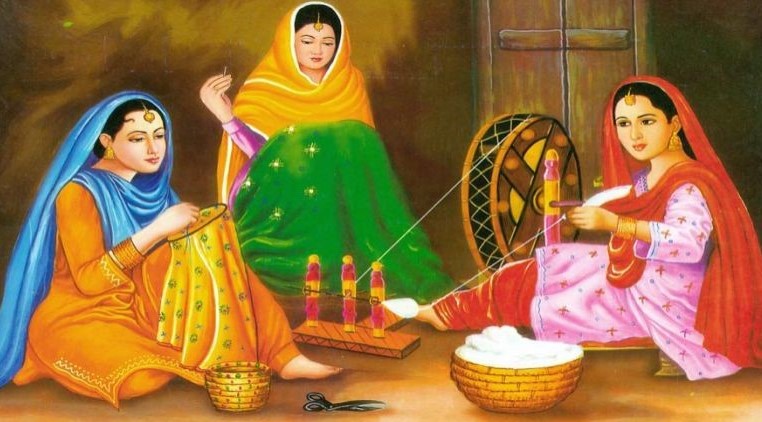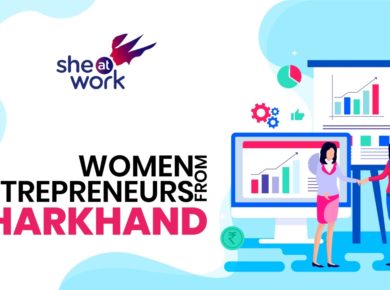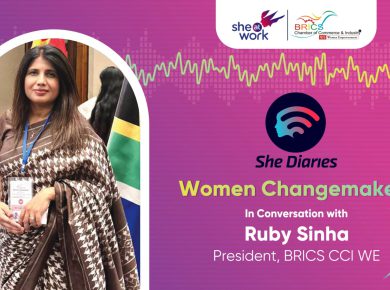In her maiden budget last year, the first full-time finance minister Nirmala Sitharaman had Swami Vivekananda to highlight unless the condition of women improve, there is no chance of welfare in the world.
Making a case for gender parity, the finance minister announced Batting for gender equality, she announced that the government is committed to ensure greater women participation in workforce that will lead the country’s development story. She promised to create a committee to evaluate and suggest ways to encourage and facilitate greater participation by women in the workforce.
For the purpose of making a more gender sensitive budget, Sitharaman allocated Rs 1.37 trillion for 2019-20 on women-specific, a rise of over a tenth from Rs 1.22 trillion in 2018-19. The allocations work out to 4.91 percent share of the overall budget.
However, when seen as a share of the total budget, there is a marginal decline in gender budgeting.
In 2018-19, the allocation was 4.99 per cent and 5.28 per cent in 2017-18. The average share of spending on women-centric schemes was 5 percent in the past five years. The highest was 5.5 percent in 2014-15. The share has more than doubled from 2.3 per cent in 2004-05.
While the Prime Minister Narendra Modi’s vision has been to make India into a $5 trillion economy by 2025, it is also important to understand that to achieve that vision, it is necessary to have increased participation in the workforce by the women of both the formal and informal economy.
Improving women’s contribution to the economy can add $12 trillion to global growth, according to a McKinsey Global Institute’s Report. So, increasing women’s labour force participation by 10 percentage points could add $700 billion to India’s GDP by 2025.
According to the UNDP Human Development Report 2019 report , there has been a large decline in the labour force participation of women (23.3 percent in 2017-18 and 26.9 percent in 2018) and it is below world average (48.47 percent in 2018; World Bank). Women are also getting less economic opportunities than men due to various reasons. In the villages, women do most of the housework and other unpaid work and have no time to do outside jobs but for urban women, even when they get jobs there is concern about the safety of transport from the family, low pay and sexual harassment.
There is also a need to focus on ways to bridge the gender gap in education. According to the UNDP Human Development Report 2019 report, female students are spending less years in school than male students. The mean years of schooling for girls is 4.7 years whereas for boys it is 8.2 years. Girls are often withdrawn from school after they reach puberty and their education or skill training is cut short. Most of the schools also do not all have separate toilets for boys and girls which parents object to and are reluctant to send girls to school.
Another rallying point for activists have been the demand for proper childcare systems in workplaces for women. The government in 2017 passed the Maternity (Amendment) Bill that increased the right to paid maternity leave for working women from 12 weeks to 26 weeks—the third highest in the world.
However, this would apply to women working in companies with at least 10 employees, hardly a significant proportion given the small share of India’s working women, according to a paper titled “Premature Imitation and India’s Flailing State”.
Most Indian companies do not have facilities of childcare, which deters makes it difficult for new working mothers to continue with their jobs. A NASSCOM Survey on Benefits and Challenges of a Workplace Crèche has found that of all the components outlined in the Maternity Benefit (Amendment) Act, the mandate to provide a crèche provision at worksites with at least 50 employees is particularly challenging. Just under half (49 percent) of the survey respondents provided access to a crèche provision.
The biggest challenge, however, is to overcome generations of deep-rooted biases against the role of women in workplaces and in nation building. Out of every 100 CEOs and managing directors of companies listed on the National Stock Exchange, only about three are women. Out of 1,814 chief executives and MDs of NSE-listed companies, only 67, or 3.69% are women as of March 6, 2019, according to media reports.
The situation is even worse in India’s largely informal economy which employs majority of India’s women. Most are the only bread earners in their families.
Changing mindsets is the real hindrance to the correcting the skewed gender ratio in India’s workforce, which mere allocations can hardly take care of.










